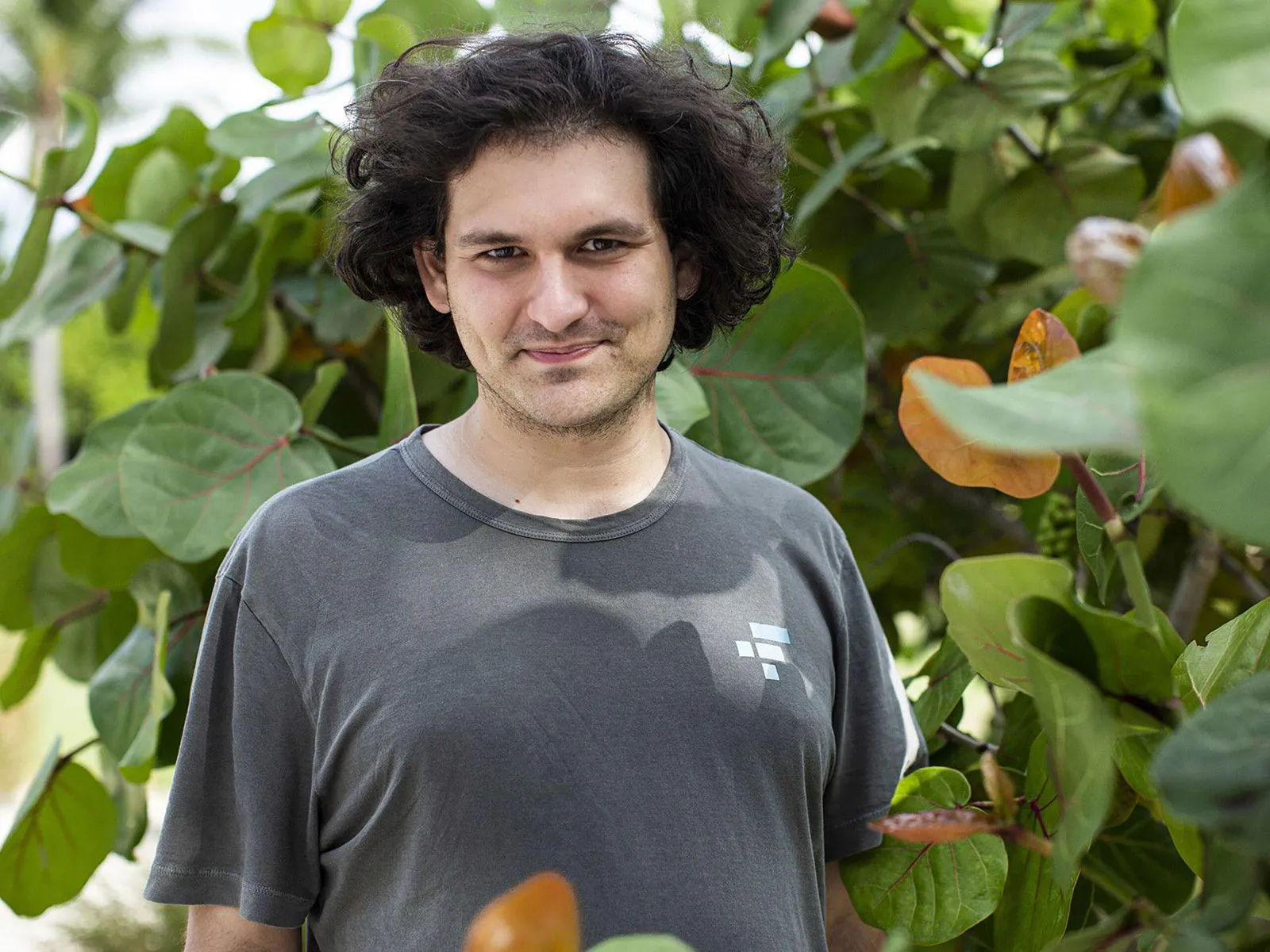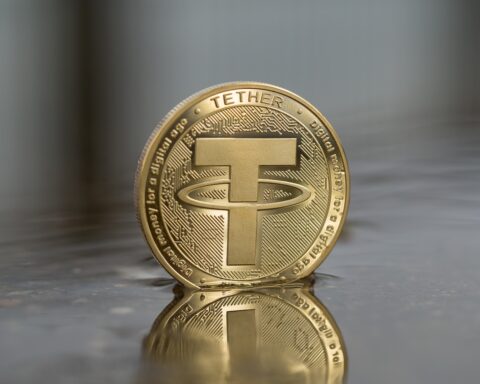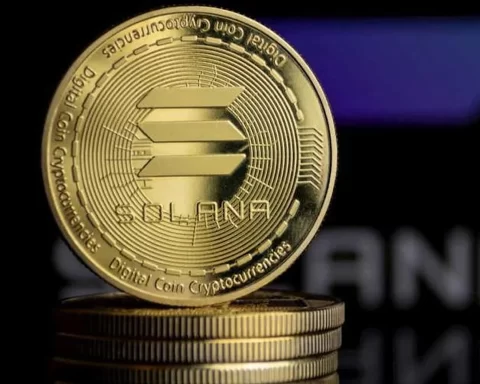Sam Bankman-Fried recently appeared in his ongoing criminal trial in the United States District Court for the Southern District of New York, where he denied any wrongdoing between FTX and Alameda Research while acknowledging his own “big mistakes” during the company’s rapid growth.
Officially, Bankman-Fried’s testimony began on October 27, following a preliminary hearing the previous day.
During the preliminary hearing, he seemed ill-prepared to answer government attorneys’ questions but appeared more composed when facing the jury on the subsequent day.
Key points from his testimony included his denial of directing his inner circle, including former FTX Digital Markets co-CEO Ryan Salame and former director of engineering Nishad Singh, to make political donations in 2021.
Singh had donated $8 million to federal campaigns, while Salame had contributed $10 million through loans from Alameda Research.
Bankman-Fried, however, acknowledged the role of lobbying in Washington, D.C., in his efforts to establish a regulatory framework for crypto firms in the United States in 2021.
Despite accusations that he used customer deposits on FTX to contribute over $100 million to political campaigns in the lead-up to the 2022 U.S. midterm elections, Bankman-Fried maintained his innocence, stating that these donations were made from the exchange’s own funds.
READ MORE: Bitcoin Hits All-Time Highs Against Inflation-Plagued Fiat Currencies
Bankman-Fried also discussed his philosophy on written communication within his companies.
He emphasized that even seemingly harmless messages could be misconstrued out of context, underscoring the importance of providing sufficient context in written messages.
Regarding the use of the autodelete feature in Signal, Bankman-Fried explained that it was employed because official communications and regulatory paperwork were handled through other channels like Slack or email, whereas Signal was used for daily internal communication.
Bankman-Fried revealed details about Alameda’s line of credit with FTX, highlighting Alameda’s roles as a payment provider, liquidity provider, market maker, and client of FTX.
He explained that custom code features were developed to accommodate Alameda’s unique role in the exchange’s operations, such as the ability to go negative via a line of credit without triggering the risk engine.
Furthermore, he discussed his discussions with Caroline Ellison, the former CEO of Alameda Research, about hedging strategies in 2021 and 2022 to protect the trading platform from potential market downturns.
Despite these discussions, the strategies were not implemented, leading to significant losses when the Terra ecosystem collapsed and crypto prices declined.
Bankman-Fried also mentioned FTX’s terms of use, which included a clawback provision meant to distribute losses among customers if the exchange’s risk engine failed, emphasizing that customers trading on FTX were aware of the associated risks.
The trial is ongoing, with the defense expected to conclude Bankman-Fried’s examination on October 30, followed by cross-examinations and closing arguments from both sides, along with a potential rebuttal witness in the coming weeks.
If found guilty of all fraud and conspiracy counts, Bankman-Fried faces a potential 115-year prison sentence.
Discover the Crypto Intelligence Blockchain Council




